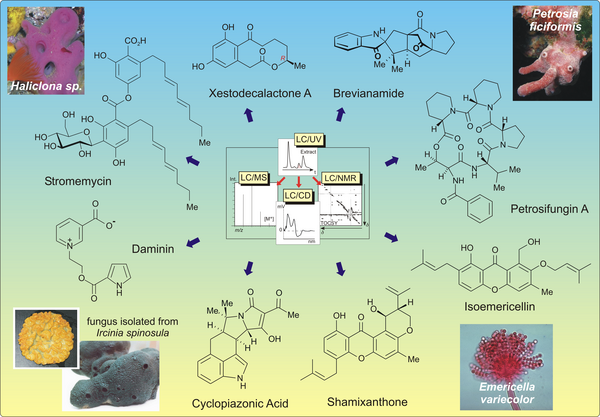Team:SJTU-BioX-Shanghai/Human practice
From 2009.igem.org

Project introduction. Inspired by the natural regulator of circadian bioclock exhibited in most eukaryotic organisms, our team has designed an E.coli-based genetic network with the toxin-antitoxin system so that the bacterium oscillates between two states of dormancy and activity (more...)
Contents |
Application to fermentation industry
As we all know, it is in stationary phase that many bacteria in industrial fermentation accumulate secondary metabolites such as antibiotics, hormones, pigments which are usually valuable products for human society. So one of the most effective way to promote production of fermentation is to suspend stationary phase. If we put our inner bioclock into those industrial strains via gene engineering, an significant elongation of stationary phase can be expected.
RelB-RelE system also works among eukaryotes
Amazingly, bacterial toxin-antitoxin gene systems also have potential applications in the control of cell proliferation in eukaryotic cells. The expression of relE strongly inhibits the growth of yeast cells and that the products of relE and relB interact . So the relE-relB toxin-antitoxin genes, as well as similar toxin-antitoxin pairs, could be used as part of a containment system in genetically modified yeasts as well as other fungi. For example, the relE gene under the control of the glucose-repressed promoter could be used as a containment control in those industrial fermentation processes in which the escape of genetically modified yeast cells would be considered highly risky. Under fermentation conditions, the relE gene is suppressed by high levels of glucose, and if yeast cells escape from the fermentation tank they will self-destruct upon derepression of relE because of the extremely low levels of glucose in the environment.
It is also reported that when the relE gene from Escherichia coli was expressed inducibly in a human osteosarcoma cell line, it was shown to retard growth and to lead to cell death by apoptosis. Experiments analyzing the applications of the RelE-RelB toxin-antitoxin gene system for gene and cancer therapy are also in progress.
Environmental safety and bioremediation
The potential risks associated with unintentional releases of genetically engineered microorganisms, as well as the unpredictability of their behavior in natural ecosystems, are subjects of considerable concern, for instance, the possible intentional release of genetically engineered microorganisms for agricultural, biomedical, and environmental applications. We are planing to construct biologically contained microorganisms by using the relE gene from Escherichia coli coupled to regulatory circuits for the metabolism of alkylbenzoates. This system allows the toxin gene relE to turn on in the absence of chemical signals.
The Pm promoter for the meta-pathway of the TOL plasmid fused to the lacI gene (figure above). In the presence of alkylaromatics, synthesis of the relE toxin is prevented and the cells remain alive, whereas in the absence of the effector, relE protein is synthesized and a large fraction of the cells are dormant and eventually die. So after the genetically engineered bacteria clean up the alkylaromatics around their niche, there is no good reason for them to survive, thus restricting the release of them all around in the environment.
References
- Pierre-Antoine Defossez, Reeta Prusty (1999).Elimination of Replication Block Protein Fob1 Extends the Life Span of Yeast Mother Cells. Molecular Cell, Vol.3, 447-455.
- Kristoffersen P., Jensen G.B., Gerdes K.(2000). Bacterial Toxin-Antitoxin Gene System as Containment Control in Yeast Cells. Applied and Environmental Microbiology, Vol.66, No.12, 5524-5526.
- Yamamoto T.-A.M., Gerdes K., Tunnacliffe A.(2002). Bacterial toxin RelE induces apoptosis in human cells. FEBS Letters, Vol.519, 191-194.
- Vanfleteren J., Bart P. Braeckman(1999). Mechanisms of life span determination in Caenorhabditis elegans. Neurobiology of Aging, Vol.20, Issue 5, 487-502.
- Ronchel M.C., Ramos C., Jensen L.B., Molin S., and Ramos J.L.(1995).Construction and behavior of biologically contained bacteria for environmental applications in bioremediation. Appl. Environ. Microbiol. Vol.61,2990–2994.
 "
"

